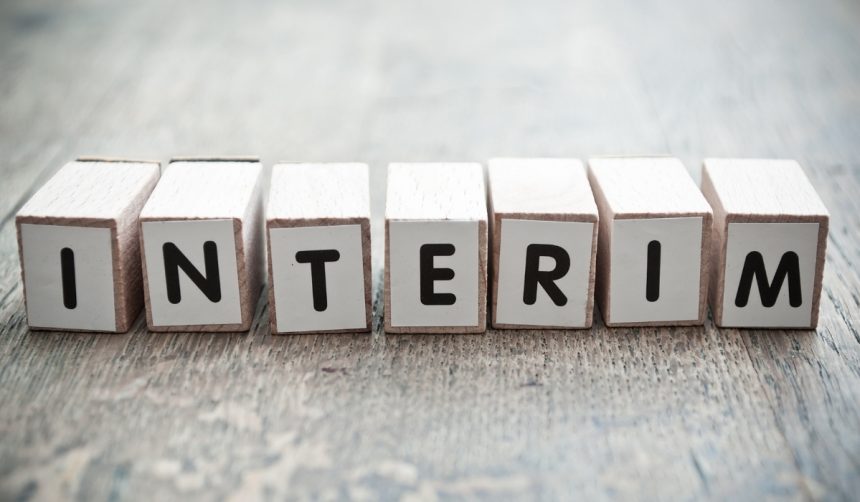As millions logged in for their daily brain exercise, today’s Wordle puzzle presented a new five-letter challenge and tested both deduction and vocabulary skills. Wordle, acquired by The New York Times, continues to draw wide audiences seeking a mix of increasing tension and simple gameplay. This time, fans were nudged along with clues and strategic hints before the solution revealed itself, sparking conversation across forums and family text chains. Solvers not only enjoy the satisfaction of discovery but also connect over shared puzzle experiences in a global trend that shows little sign of slowing.
Earlier reports about Wordle have highlighted the consistency in its daily difficulty, with many users discussing streaks and sharing methods for optimal starting words. While there has been speculation about the challenge level fluctuating, especially since The New York Times’ acquisition, updates confirm the game maintains a familiar style and logic. ARCHIVAL coverage has also shown Wordle’s answer curation swings between common and rare words, which keeps strategizing fresh and lively. Despite increased competition and similar word-guessing apps entering the scene, the original format’s straightforward approach remains appealing and widely played.
How Did Players Approach Today’s Wordle?
The puzzle for September 18, 2025, centered on the word “KNIFE.” Daily hints guided players gradually towards the answer without giving it away outright, maintaining a balance between challenge and accessibility. Developers provided support for different skill levels, ensuring everyone had a fair shot at solving the day’s puzzle. Early clues noted the word’s definition — “sharp and choppy,” and confirmed it contained just one vowel and no repeated letters. This information helped players narrow candidates quickly.
What Features Keep Users Returning to Wordle?
Wordle’s enduring appeal comes from its minimalistic interface and short, daily format, which contrasts with more time-consuming games. Each puzzle offers just six attempts, with color-coded feedback: green for correct letters and positions, yellow for correct letters in the wrong spots, and gray for incorrect guesses. There’s no timer, inviting users to think at their own pace. As the brand put it,
“Wordle’s simple rules and limited guesses make the satisfaction of finding the answer every day consistently rewarding.”
The game also introduced options like Hard Mode, which requires players to incorporate revealed hints into subsequent guesses for an added twist.
Why Do Word Choices Like “KNIFE” Matter?
Selected words reflect a mix of accessibility and occasional challenge, ensuring the puzzle remains engaging for both new and veteran players. Common terms such as “KNIFE” maintain approachability. The Times’ puzzle editor Tracy Bennett continues to curate answers that range from everyday objects to less familiar words. According to the organization,
“Each answer is carefully chosen to offer a blend of familiar and less common words, maintaining fairness and interest for our wide audience.”
Wordle’s success continues, supported by a user base that appreciates its reliable challenge and social component. Repetitive play, daily hints, and answer diversity foster both skill improvement and friendly competition. Alternatives and spin-offs may offer different formats, but Wordle’s simplicity and routine give it a lasting advantage. For users seeking ways to improve, experimenting with starting words containing common vowels and consonants is a practical tip, while tracking patterns in recent answers can further fine-tune their approach. Even as other logic games gain popularity, Wordle withstands trends through its consistent delivery and accessible gameplay loop, maintaining its place as a global favorite.
- Today’s Wordle answer was “KNIFE” with one vowel and no repeats.
- Hints, not spoilers, guided users through careful guessing and deduction.
- The New York Times keeps Wordle engaging by mixing in everyday words.










